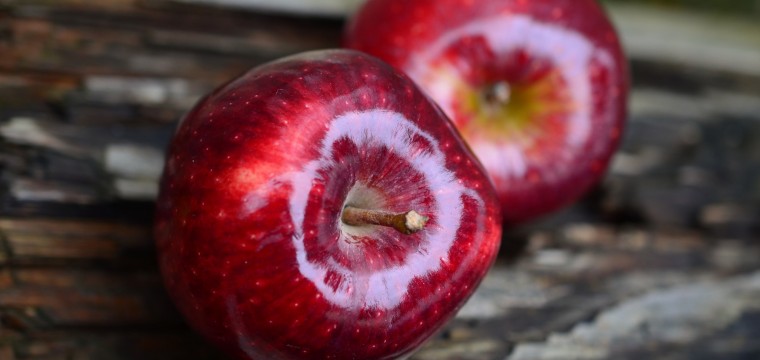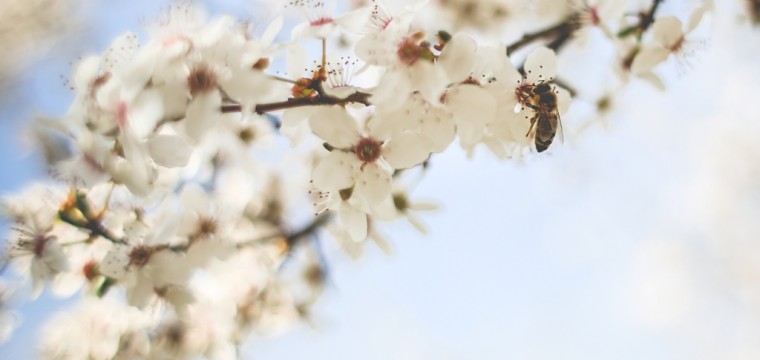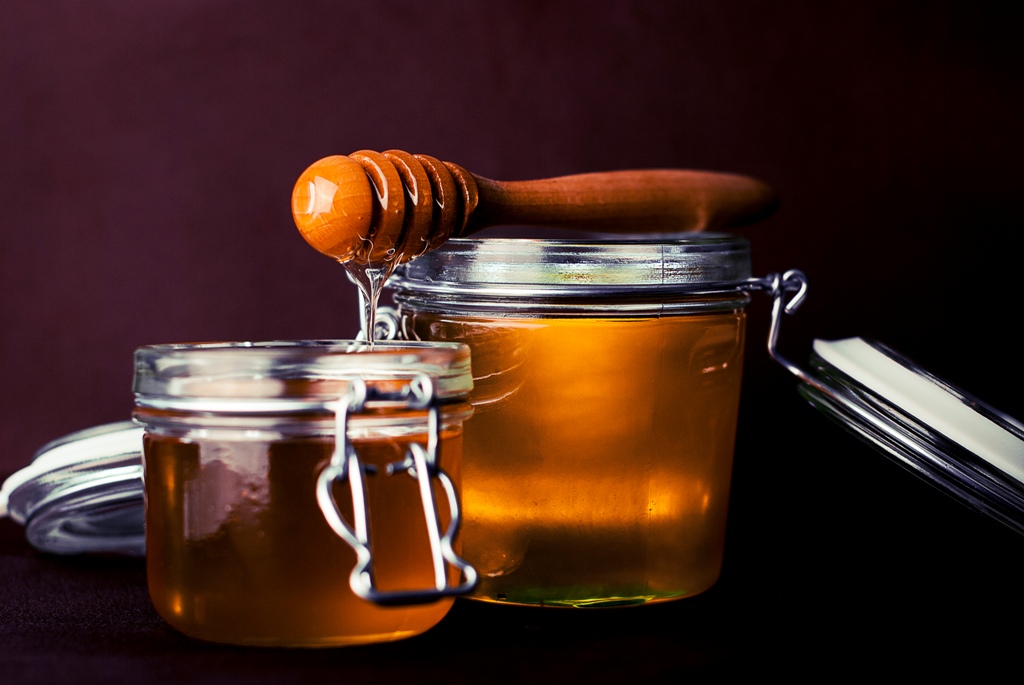The apple tree, which originally came from Eastern Europe and southwestern Asia, has spread to most temperate regions of the world. Over the centuries, many hybrids have been developed, giving us over 7,000 varieties in the market today. Apple trees bear the apples which are a crisp, white-fleshed fruit with a red, yellow or green skin. Apples have a moderately sweet, refreshing flavor and a tartness that is present to greater or lesser degree depending on the variety. Many people do not know that our deliciously diverse friends are actually members of the rose family.
Apples have long been associated with the biblical story of Adam and Eve, although there is actually no mention that, in fact, the fruit in question was actually an apple. In Norse mythology, apples were given a more positive persona: a magic apple was said to keep people young forever. Apples’ most recent appearance in history occurred in the 1800s in the U.S., when Johnny Appleseed—a real person named John Chapman—walked barefoot across an area of 100,000 square miles, planting apple trees that provided food and a livelihood for generations of settlers.
So, now that we know more about apples, how do we go about selecting the perfect one? We have all heard the saying, “one bad apple can spoil the whole bunch.” Research agrees! An apple that has been damaged will start to release large amounts of ethylene gas that can pose a risk to other apples that have not been damaged and greatly decrease their shelf life. For this reason, it’s important to remove any damaged apples from groups stored in bulk.
Look for firm fruit with rich coloring. Yellow and green apples with a blush are best. Your preference for on flavor and whether you plan to enjoy your apples raw or cooked will determine your choice of variety.
In NY, apple season begins at the end of summer and lasts until early winter. Apples available at other times have been in cold storage or are imported.
Apples can be stored for 3-4 months. Cold storage at low refrigerator temperatures (35-40F) will help to minimize loss of nutrients. Over a period of time involving months, there is loss of total polyphenols from apples. However, valuable amounts of nutrients remain. In some food traditions, cold storage of apples over the winter months is still counted on as a key part of dietary nourishment from fruits.


